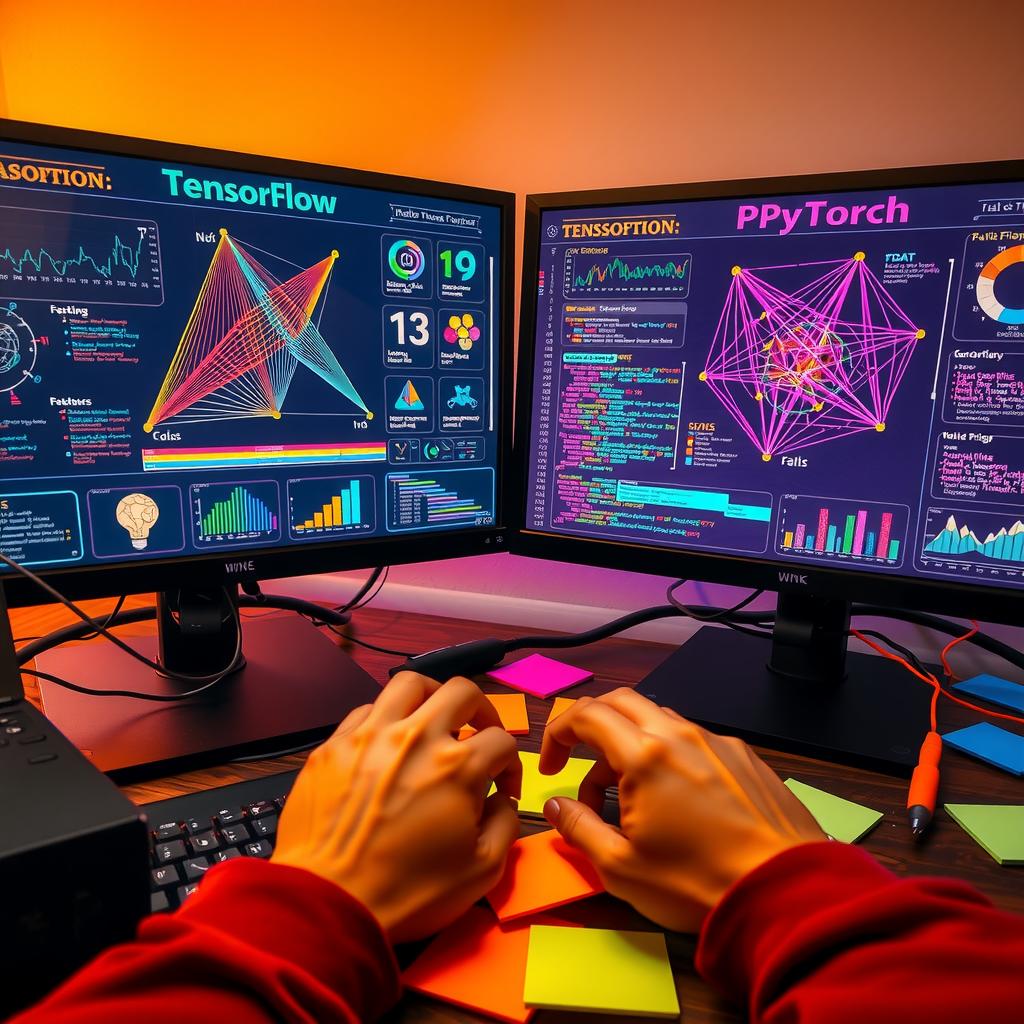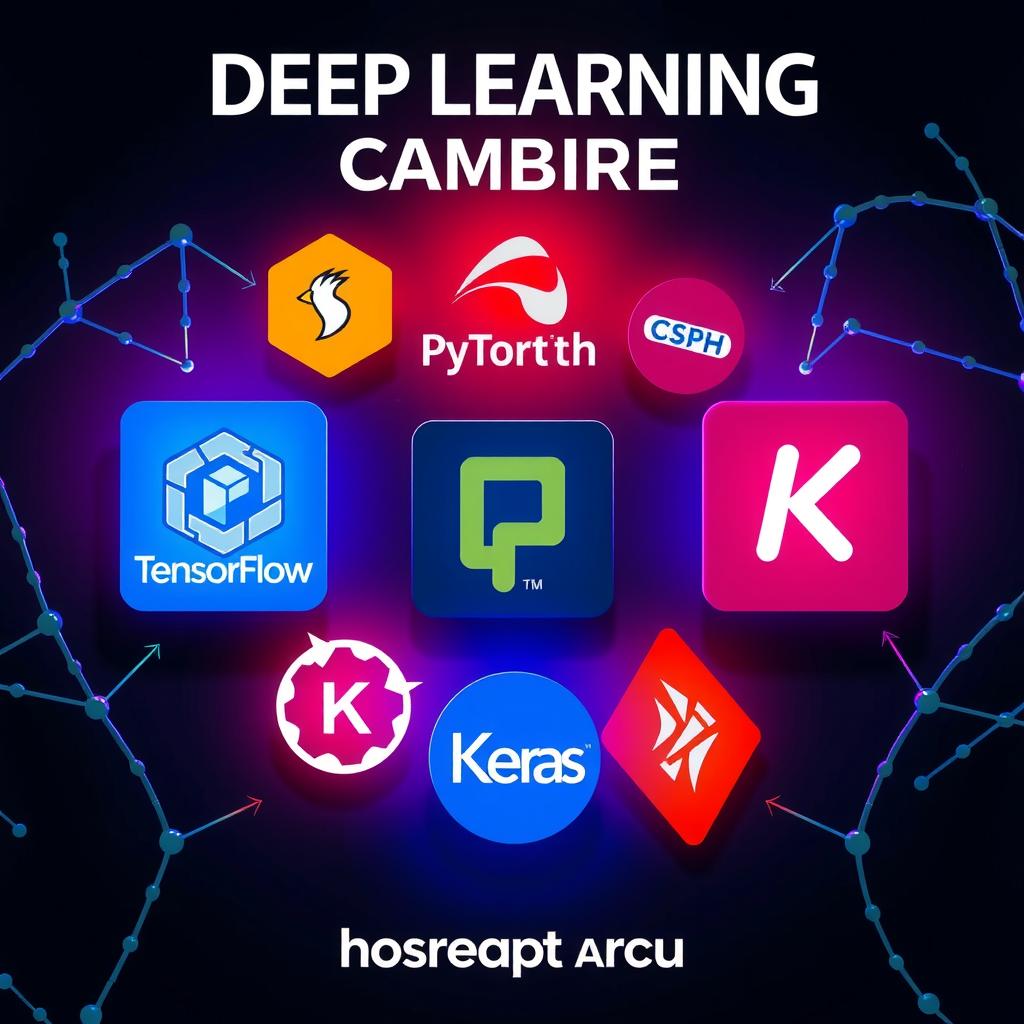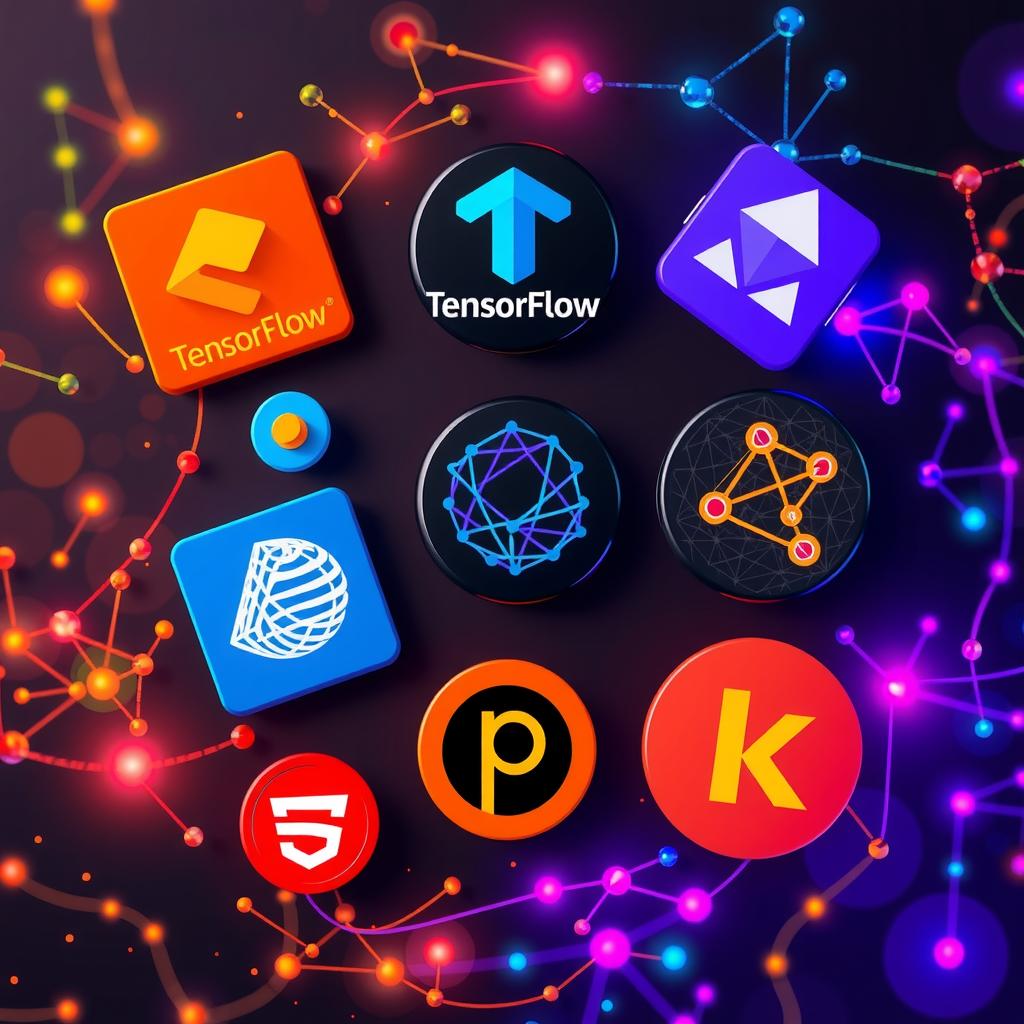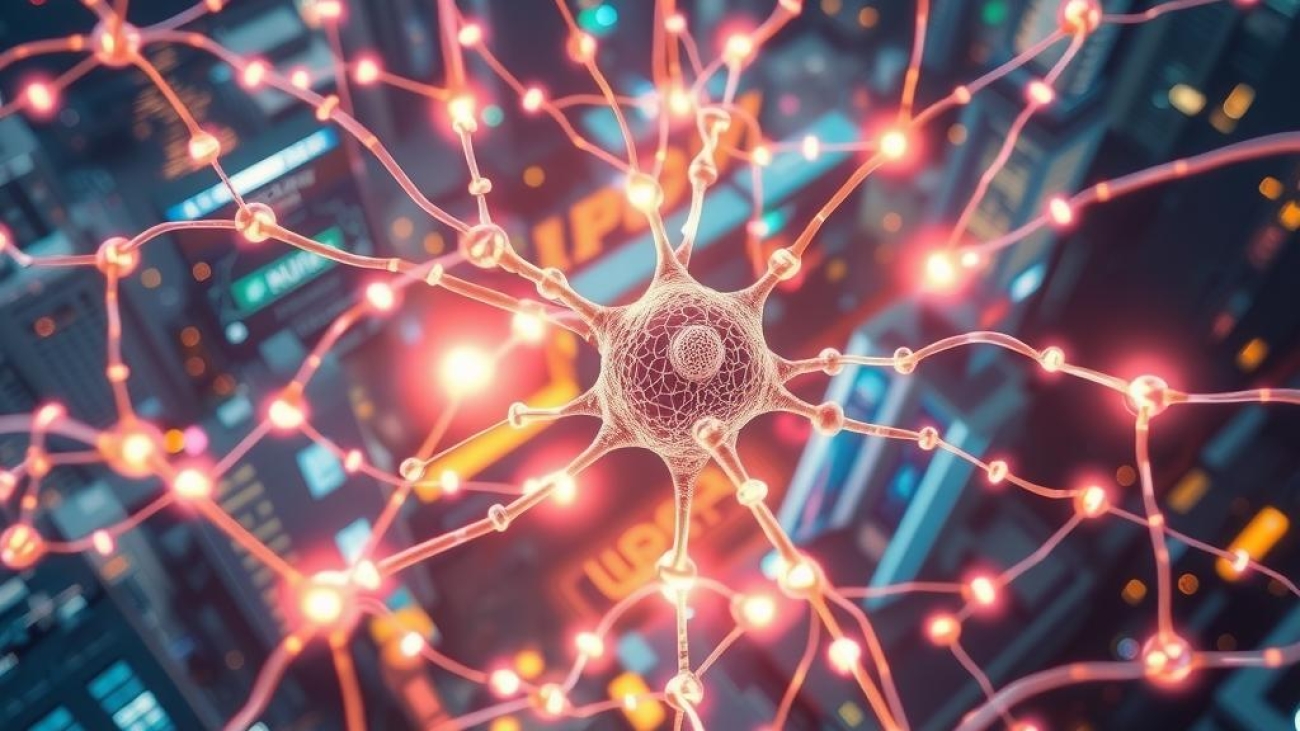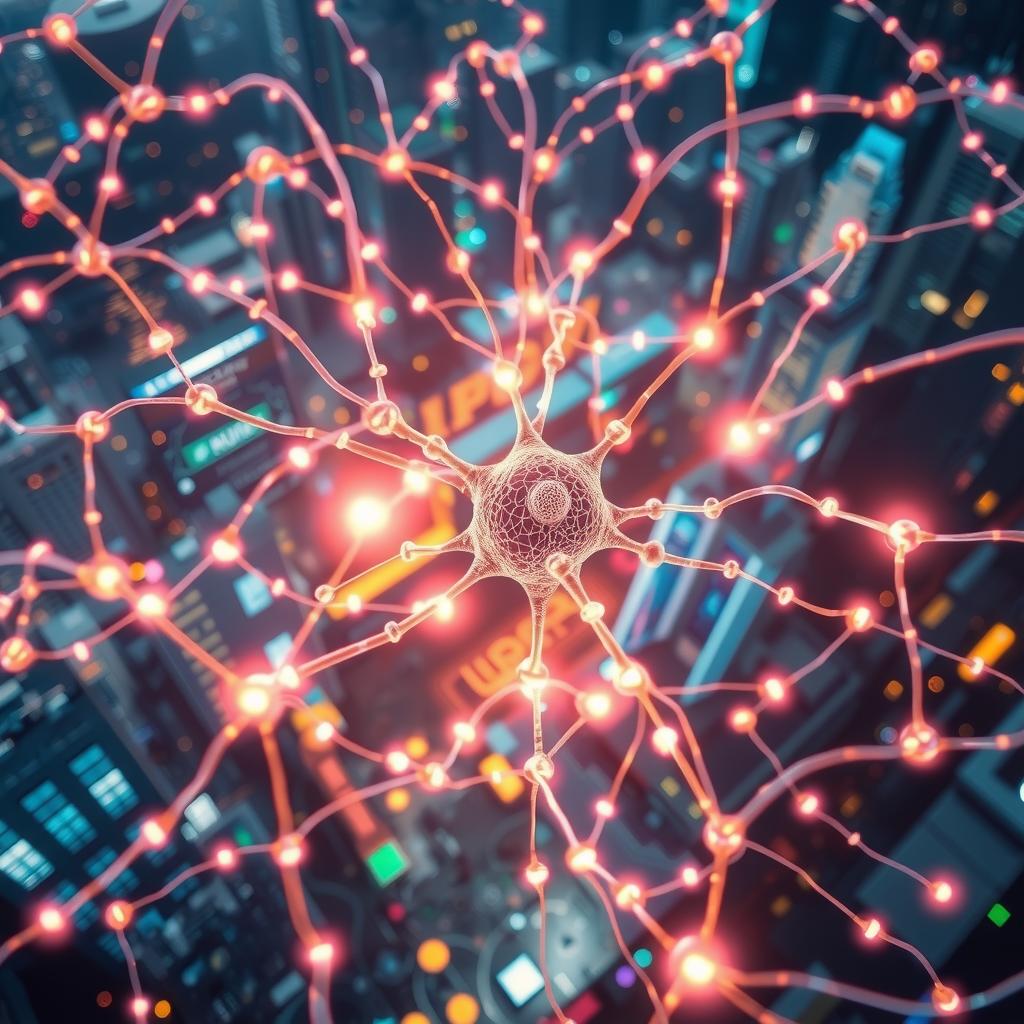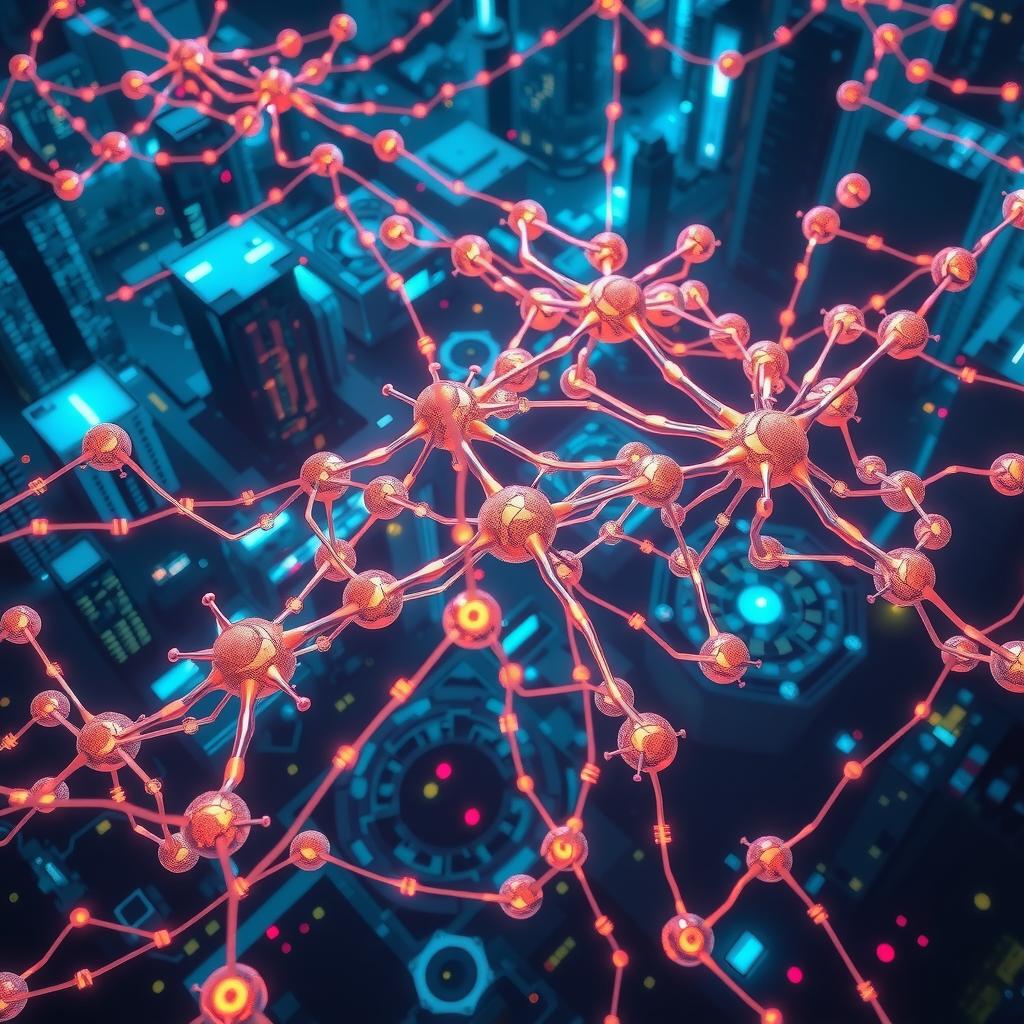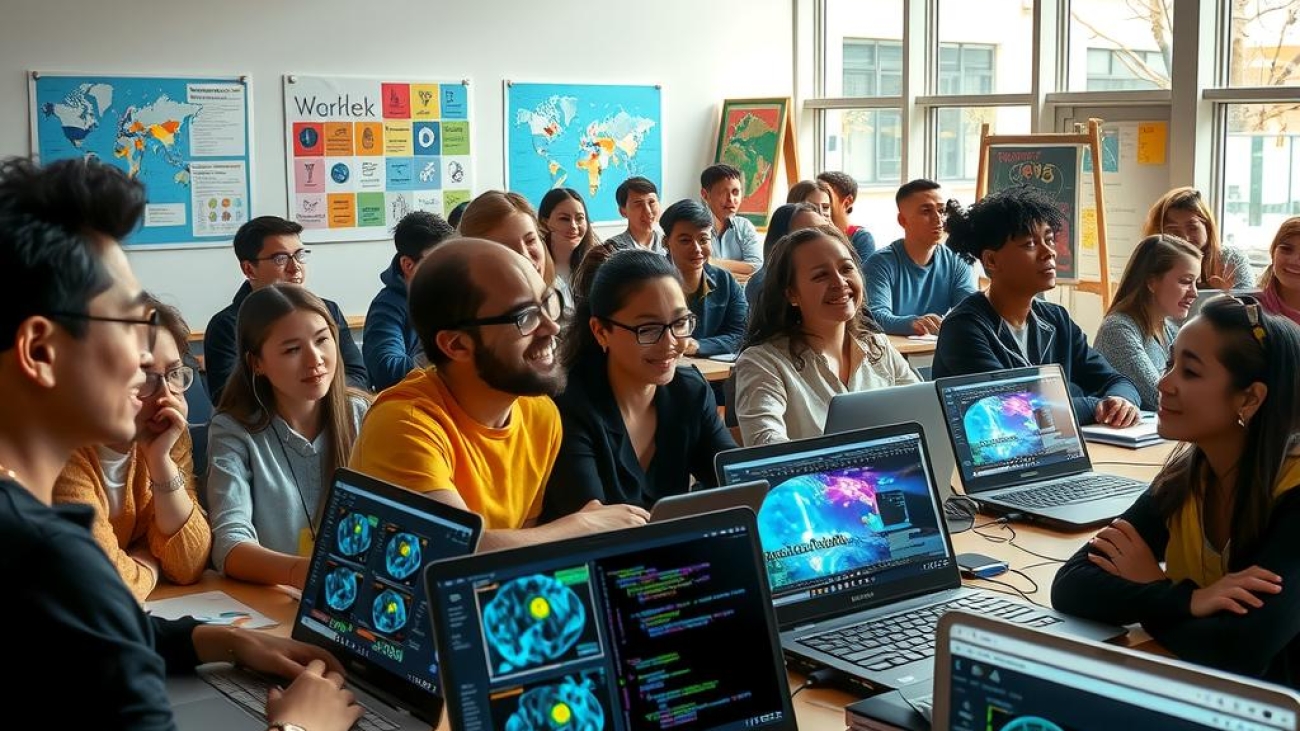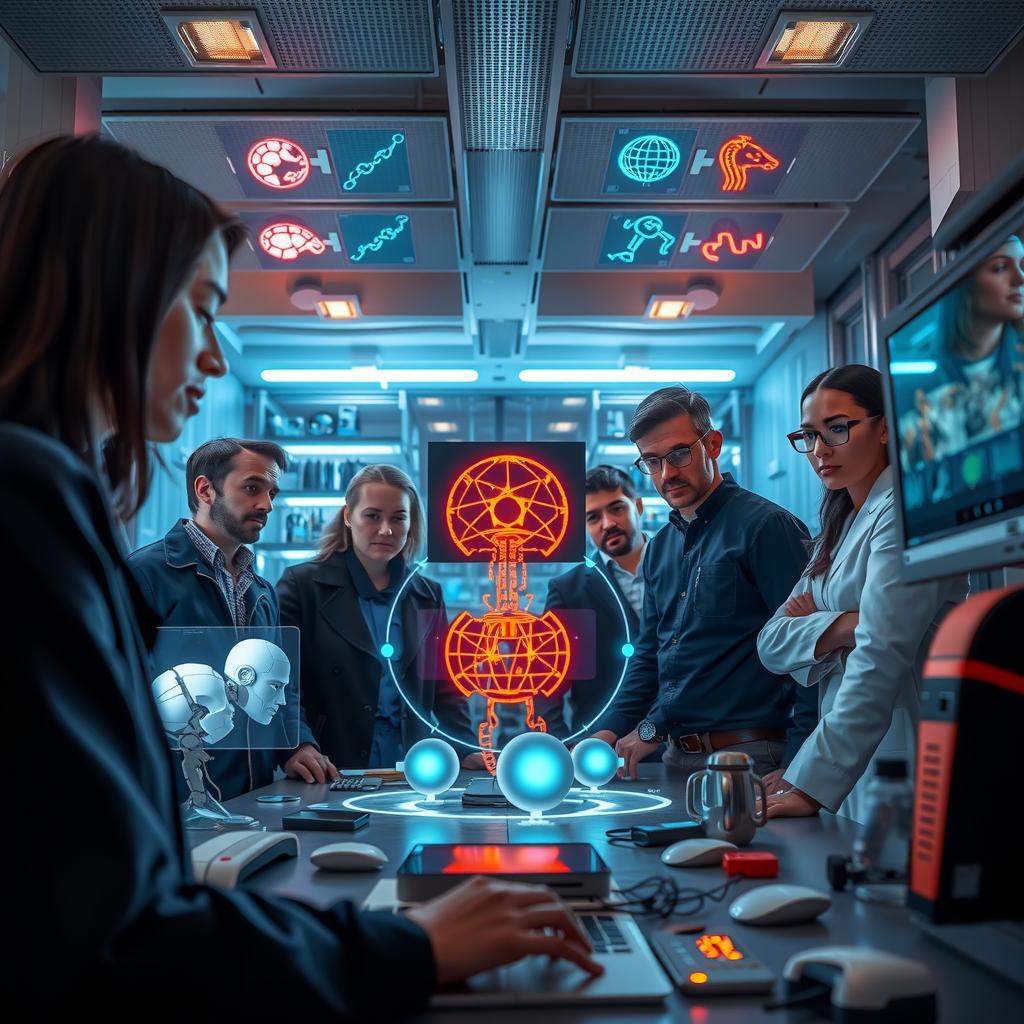In an era where technology continuously reshapes industries, the significance of linear algebra in the realm of machine vision systems cannot be overstated. As businesses increasingly rely on automated processes and intelligent analysis to enhance their operational efficiency, a pressing question arises: how can mathematical frameworks elevate image processing and data analysis to unprecedented levels? This blog post delves into the practical applications of linear algebra within machine vision, illustrating its pivotal role in advancing computer vision, improving pattern recognition, and optimizing algorithms that drive system performance.
By harnessing concepts from linear algebra, engineers and developers are equipped to tackle complex visual data with remarkable precision. Whether it’s for facial recognition technologies or real-time object detection in autonomous vehicles, understanding vector spaces and matrix transformations provides crucial insights into manipulating images effectively. The power of these mathematical tools extends beyond simple computations; they enable machines to interpret visual information as humans do—recognizing patterns, making predictions, and learning from vast datasets.
Moreover, this exploration reveals how linear algebra underpins various applications across diverse fields—from healthcare diagnostics using imaging techniques to enhancing surveillance systems for security purposes. With each application demonstrating the core value of integrating mathematics into technological solutions, readers will discover not only why these principles matter but also how they can be applied practically in everyday scenarios.
As we journey through this topic together, we will uncover specific case studies highlighting innovative implementations that showcase the transformative impact of linear algebra on machine vision systems. By bridging theory with real-world examples—a critical step toward grasping its true potential—this discussion aims to provide clarity around a seemingly abstract concept while illuminating pathways for future advancements in technology. Prepare to dive deeper into a world where mathematics meets machine intelligence!
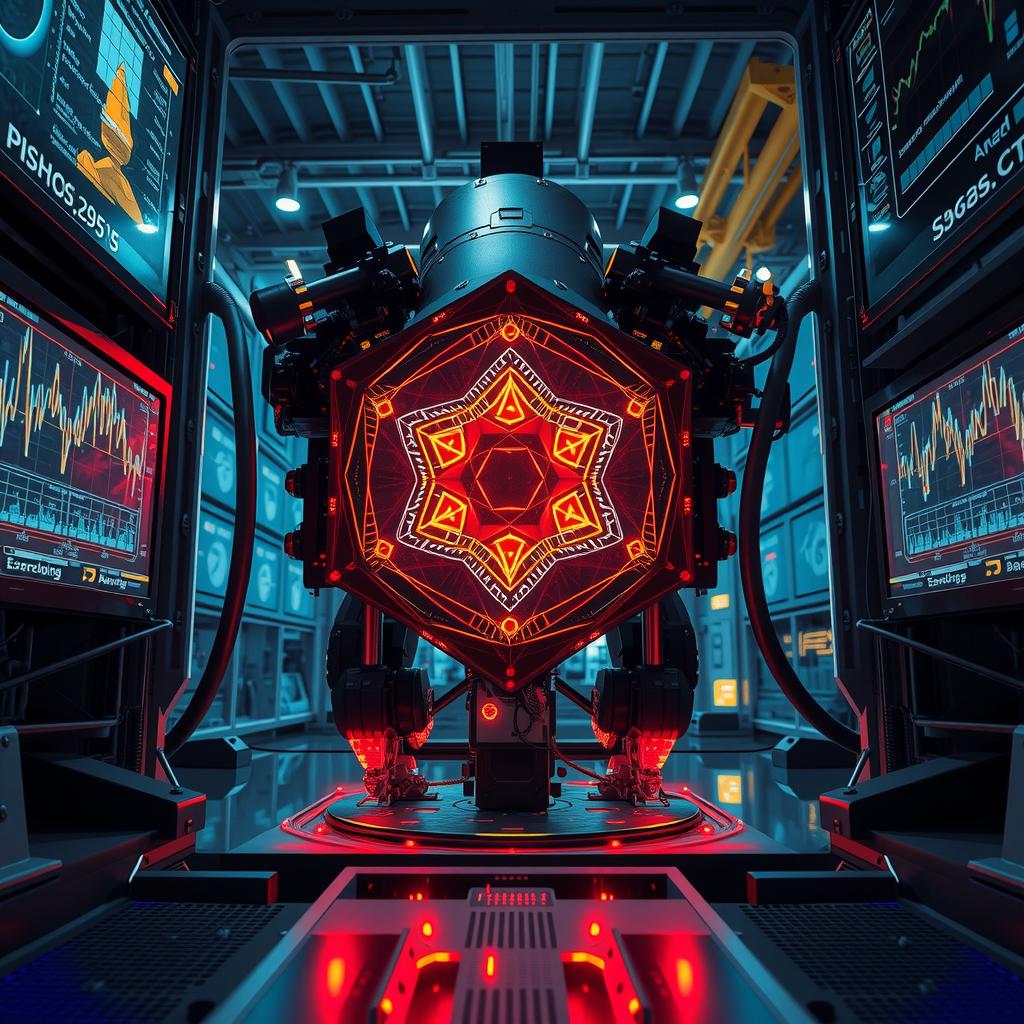
Key Insights:
- The Role of Linear Algebra in Machine Vision: Understanding the principles of linear algebra is essential for enhancing machine vision systems. By employing mathematical concepts such as matrices and vectors, engineers can develop algorithms that significantly improve image processing capabilities.
- Practical Applications in Industry: The integration of linear algebra into real-world scenarios—such as facial recognition and quality control—demonstrates its critical role in optimizing processes. These applications highlight how foundational mathematics supports robust data analysis, enabling organizations to efficiently process vast amounts of visual information.
- Advancements in Computer Vision Technologies: Continuous innovations within the realm of computer vision rely on advanced techniques grounded in linear algebra. As professionals explore these developments, they uncover opportunities for improved pattern recognition and algorithm optimization, directly contributing to superior system performance across various sectors.

The Mathematical Backbone of Machine Vision
Understanding the Role of Linear Algebra in Transforming Visual Technologies
Linear algebra serves as an indispensable foundation for advancements in machine vision, intertwining mathematical theories with practical applications that enhance systems’ capabilities. At its core, linear algebra involves concepts such as vectors and matrices, which are pivotal for manipulating large datasets inherent in image processing and computer vision. For instance, when a machine learning model processes an image, it often translates the visual information into numerical data represented by matrices. This transformation allows sophisticated algorithms to perform operations like scaling, rotating, or translating images efficiently. Moreover, essential tasks such as feature extraction and pattern recognition heavily rely on linear transformations facilitated by matrix operations.
Bridging Theory and Application
Exploring Practical Applications of Linear Algebra in Machine Vision
The intersection of linear algebra with machine vision is evident through various practical applications across industries. In contexts ranging from autonomous vehicles to medical imaging technologies, data analysis techniques rooted in linear algebra enable systems to interpret visual information accurately. For example, eigenvalues and eigenvectors can be employed to optimize algorithms that detect edges within images—an essential step for identifying objects or features within a frame effectively. Furthermore, advanced techniques like Principal Component Analysis (PCA), grounded in the principles of linear algebra, help reduce dimensionality while preserving significant variance within datasets; this enhances system performance without compromising accuracy during object detection or classification tasks.
Enhancing System Performance
The Impact of Algorithm Optimization Through Linear Algebra
One cannot overlook how algorithm optimization directly benefits from the foundational aspects provided by linear algebra within machine vision frameworks. By employing techniques such as Singular Value Decomposition (SVD) or least squares methods associated with regression analysis, practitioners can refine their models significantly to achieve better predictive performance regarding visual input interpretation. These methodologies facilitate more accurate real-time processing speeds required for modern applications—ranging from surveillance systems that analyze vast amounts of video footage instantaneously to facial recognition technologies demanding high precision under varying conditions. As algorithmic efficiency improves through these mathematical tools derived from linear algebraic principles, overall system performance enhances dramatically.
Future Directions: Innovations Driven by Linear Algebra
Anticipating New Frontiers at the Convergence of Mathematics and Technology
As technology evolves further into realms previously thought unattainable due to computational limitations or data constraints—a trend propelled largely by innovations tied closely back down toward underlying mathematics—the future landscape promises even more profound developments driven by both theoretical advancements alongside applied practices rooted deeply within concepts centralizing around linear algebra itself across machine vision disciplines globally! Emerging fields like deep learning increasingly leverage these foundations enabling machines not only recognize patterns but also make informed decisions based upon complex inputs they encounter daily whilst navigating realities aligned towards human-level cognition levels! Continuous exploration will undoubtedly yield transformative breakthroughs reshaping how we interact visually with our environments moving forward!
Enhancing Object Detection through Linear Algebra
Unleashing the Power of Linear Transformations in Image Processing
In the realm of computer vision, linear algebra serves as a foundational pillar, particularly in enhancing capabilities such as object detection and feature extraction. By utilizing concepts like matrix operations, transformations, and eigenvalue decomposition, practitioners can significantly improve system performance in image processing tasks. For instance, consider the application of Principal Component Analysis (PCA), which leverages linear transformations to reduce dimensionality while preserving essential features. This technique allows for more efficient pattern recognition by concentrating on the most informative components within an image dataset. In practical terms, PCA can transform high-dimensional data into a lower-dimensional space without losing critical information about objects’ spatial relations or characteristics. Such transformations not only streamline data analysis but also facilitate faster and more accurate identification of objects within various contexts—from autonomous vehicles interpreting their surroundings to security systems recognizing faces.
The Role of Eigenvalues in Feature Extraction
Eigenvalues play an integral role in optimizing algorithms used for feature extraction within machine vision applications. When analyzing complex images, determining which features contribute most effectively to distinguishing between different classes becomes paramount. By applying eigenvalue decomposition techniques on covariance matrices derived from training datasets, developers can identify key features that capture variance across multiple dimensions—essentially highlighting what makes each class unique while discarding redundant information. This process enhances pattern recognition by ensuring that classifiers focus on relevant attributes during model training—ultimately leading to improved accuracy rates when detecting specific objects or patterns within diverse environments.
Practical Applications: From Theory to Real-World Impact
The intersection of linear algebraic methods and practical applications is vividly illustrated through advancements seen in real-time video analytics systems deployed across various industries. For example, retail establishments utilize these technologies combined with sophisticated algorithms for customer behavior analysis; they employ object detection models trained using optimized feature sets derived from extensive datasets processed via linear algebraic techniques. These systems track movements efficiently while identifying specific actions taken by customers within stores—insights gleaned from such analyses directly inform marketing strategies and inventory management decisions based on observed trends.
Transforming Healthcare Imaging with Mathematical Precision
Healthcare imaging presents another compelling use case where image processing heavily relies on advanced mathematical principles including those rooted in linear algebra. Techniques like Singular Value Decomposition (SVD) are employed extensively to enhance medical images obtained from MRI scans or CT scans; this method facilitates noise reduction and contrast enhancement which are vital for accurate diagnosis by professionals who rely heavily upon detailed imagery for treatment planning procedures. Through improved clarity achieved via these mathematical approaches, healthcare providers gain better visibility into anatomical structures allowing them not only greater diagnostic confidence but also enhanced patient outcomes overall.
Optimizing Machine Learning Algorithms through Data Reduction
Moreover, integrating linear algebra into machine learning frameworks fosters algorithm optimization through systematic data reduction techniques that align well with robust analytical practices necessary for effective decision-making processes across sectors ranging from finance to agriculture management solutions today facing vast amounts generated daily across networks globally! By employing methodologies tied closely back towards core principles found throughout study fields involving mathematics & statistics alike – professionals unlock new potentials hidden beneath layers often obscured before hand resulting greatly increased efficiency levels witnessed universally!
Innovations in Machine Vision Systems
Exploring the Intersection of Linear Algebra and Visual Recognition
The rapid evolution of machine vision systems is being significantly influenced by innovative methodologies that capitalize on the principles of linear algebra. Emerging technologies are now integrating advanced mathematical techniques to tackle complex visual challenges faced in diverse industries, from manufacturing to autonomous vehicles. The application of image processing algorithms grounded in linear algebra allows for enhanced image interpretation, facilitating faster and more accurate analysis. For instance, concepts such as matrix transformations enable efficient manipulation of images, improving pattern recognition capabilities essential for quality control processes or object detection tasks. By employing these mathematical frameworks, organizations can optimize system performance while reducing computational overhead—a crucial aspect when dealing with large datasets typical in modern applications.
Advancements in Data Analysis Techniques
Leveraging Mathematical Foundations for Enhanced Insights
In the realm of data analysis within machine vision systems, linear algebra plays a pivotal role by offering robust tools for managing vast quantities of visual information. Techniques such as singular value decomposition (SVD) not only enhance dimensionality reduction but also improve feature extraction processes vital for effective computer vision solutions. These advancements facilitate deeper insights into patterns hidden within visual data sets, enabling businesses to make informed decisions based on comprehensive analyses rather than superficial observations. Moreover, through rigorous algorithm optimization rooted in linear algebraic methods like eigenvalue decomposition, researchers are pushing boundaries further—creating models capable of real-time decision-making that respond adeptly to dynamic environments.
Pattern Recognition Breakthroughs
Enhancing Accuracy Through Innovative Algorithms
The field of pattern recognition has seen transformative breakthroughs thanks to innovations leveraging linear algebra’s foundational concepts. In particular, neural networks designed with matrices at their core harness the power of vector spaces and transformations to identify intricate patterns across varied inputs effectively. With increased computational efficiency achieved through optimized algorithms derived from these mathematical principles, systems can discern subtle variations among objects with unprecedented accuracy—whether it be identifying defects on a production line or recognizing faces under varying lighting conditions. This precision not only elevates operational standards but also fosters trust among users who rely heavily on machine vision technologies.
Future Prospects: Integrating AI and Linear Algebra
Shaping Tomorrow’s Visual Processing Landscapes
As we look towards future trends shaping machine vision systems, the integration between artificial intelligence (AI) and linear algebra will likely redefine what is possible within this domain. The combination promises exciting developments where deep learning models utilize mathematically sophisticated approaches for enhanced training efficiencies and predictive capabilities concerning visual data interpretation tasks. Such synergies could lead to groundbreaking applications ranging from smart surveillance systems capable of real-time threat assessment using advanced data analysis, to intelligent robotic platforms performing complex assembly tasks autonomously while adapting seamlessly based on environmental changes—all underpinned by powerful linear transformations enhancing their sensory perception abilities. Henceforth, stakeholders must recognize this evolving landscape’s potential; embracing new paradigms will be essential for unlocking future possibilities inherent within machine vision technology.
FAQ:
Q:How does linear algebra improve the performance of machine vision systems?
A:The application of linear algebra in machine vision significantly enhances system performance through various mathematical operations involving matrices and vectors. These operations are essential for tasks such as image transformations, object detection, and feature extraction. By optimizing these algorithms, engineers can process visual data more efficiently, allowing machines to interpret complex environments with greater accuracy.
Q:What are some practical applications of linear algebra in computer vision?
A:In the realm of computer vision, several practical applications rely on principles derived from linear algebra. For example, real-time facial recognition systems utilize vector space transformations to identify features rapidly while ensuring precision. Similarly, quality control processes in manufacturing leverage data analysis techniques rooted in linear algebra to detect defects and ensure product consistency effectively.
Q:Why is it important for professionals to understand linear algebra in relation to automation technologies?
A:For professionals involved in developing automation technologies, understanding linear algebra is crucial because it forms the backbone of many advanced algorithms used today. Mastery over these concepts allows them to innovate within their fields by creating more efficient image processing methods that enhance overall system capabilities. As technology continues evolving rapidly, staying informed about advancements linked to data analysis, pattern recognition, and algorithm optimization will prove invaluable for driving future developments forward.






